steep slope issues in northeast
7 months ago






Featured Answer
Sort by:Oldest
Comments (33)
- 7 months ago
- 7 months ago
Related Professionals
Fitchburg Landscape Architects & Landscape Designers · Seabrook Landscape Architects & Landscape Designers · Burlington Landscape Contractors · Dixon Landscape Contractors · Lemay Landscape Contractors · Mission Landscape Contractors · Wickliffe Landscape Contractors · Franklin Fence Contractors · Tomball Decks, Patios & Outdoor Enclosures · West Palm Beach Decks, Patios & Outdoor Enclosures · Forest City Landscape Architects & Landscape Designers · Braintree Landscape Contractors · Yukon Landscape Contractors · Green Bay General Contractors · Thornton Flooring Contractors- 7 months ago
- 7 months ago
- 7 months ago
- 7 months ago
- 7 months ago
- 7 months ago
- 7 months ago
- 7 months agolast modified: 7 months ago
- 7 months ago
- 7 months ago
- 7 months ago
- 7 months ago
- 7 months agolast modified: 7 months ago
- 7 months agolast modified: 7 months ago
- 7 months ago
- 7 months ago
- 7 months ago
- 7 months ago
- 7 months ago
- 7 months ago
- 7 months ago
- 7 months ago
- 7 months ago
- 7 months ago
- 7 months ago
- 7 months ago
- 7 months ago
- 7 months agolast modified: 7 months ago
- 6 months ago
- 6 months agolast modified: 6 months ago
Related Stories
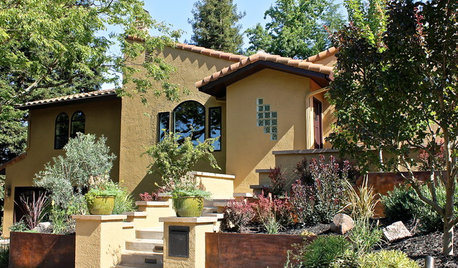
LANDSCAPE DESIGNLandscaping Magic Fixes a Dangerous Sloped Yard
It had scary parking, a confusing entry and erosion issues. See how this steep California landscape gained safety, beauty and clarity
Full Story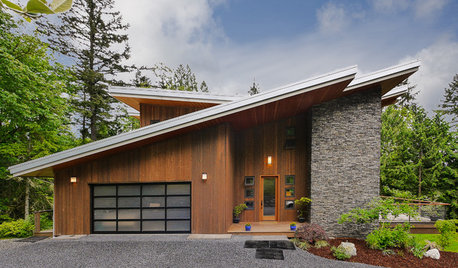
EXTERIORS5 Types of Sloping Roofs That Hit the Right Pitch
These modern houses approach the everyday roof from a different angle
Full Story
ECLECTIC HOMESHouzz Tour: Problem Solving on a Sloped Lot in Austin
A tricky lot and a big oak tree make building a family’s new home a Texas-size adventure
Full Story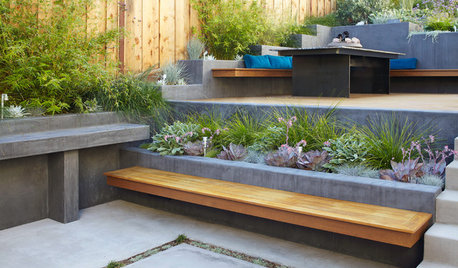
LANDSCAPE DESIGNSee How 3 Landscape Designs Elegantly Tackle Backyard Slopes
These designers’ creative solutions may have you wishing for more topography in your yard
Full Story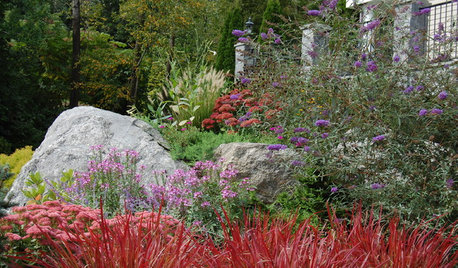
LANDSCAPE DESIGNHow to Design a Great Garden on a Sloped Lot
Get a designer's tips for turning a hillside yard into the beautiful garden you’ve been dreaming of
Full Story
IDEAS FOR SLOPED LOTSSloping Yard? Here’s How to Make It Work
Don’t despair if your landscape is on a slope. There are many ways to enjoy the space
Full Story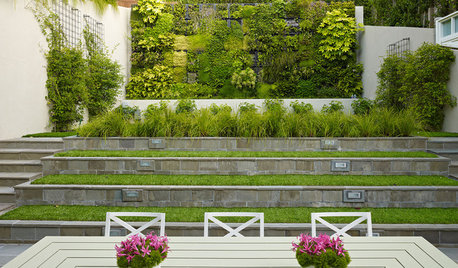
LANDSCAPE DESIGN11 Design Solutions for Sloping Backyards
Hit the garden slopes running with these bright ideas for terraces, zones, paths and more
Full Story
BACKYARD IDEASA Challenging Rocky Slope Becomes a Standout Backyard Feature
Native plants, dramatic lighting and relaxed seating round out this outdoor retreat in Los Angeles
Full Story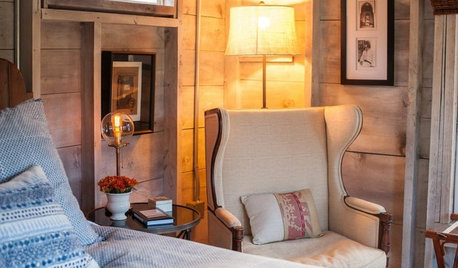
ROOM OF THE DAYRoom of the Day: A Maine Guest Cottage Steeped in Charm
Once offering eggs for sale, this little guesthouse now offers a serene experience in a refined rustic setting
Full Story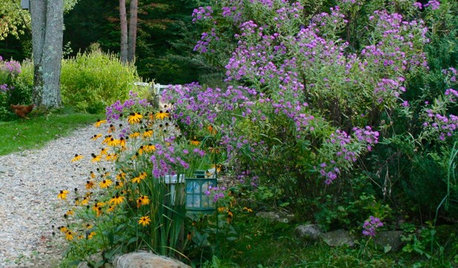
GARDENING GUIDESTop 10 Native Plants for the Northeast
For a low-maintenance, wildlife-friendly landscape, use native plants adapted to the climate and range of soils in the Northeast
Full Story
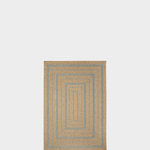

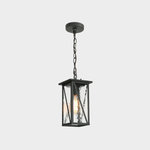


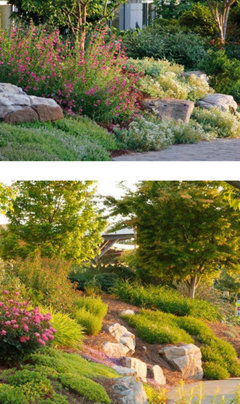
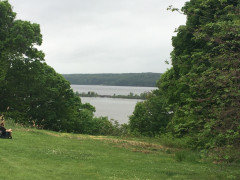
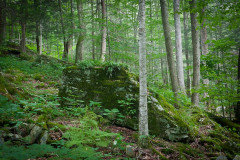
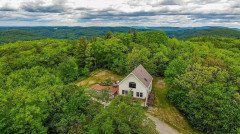
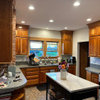



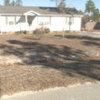
mad_gallica (z5 Eastern NY)